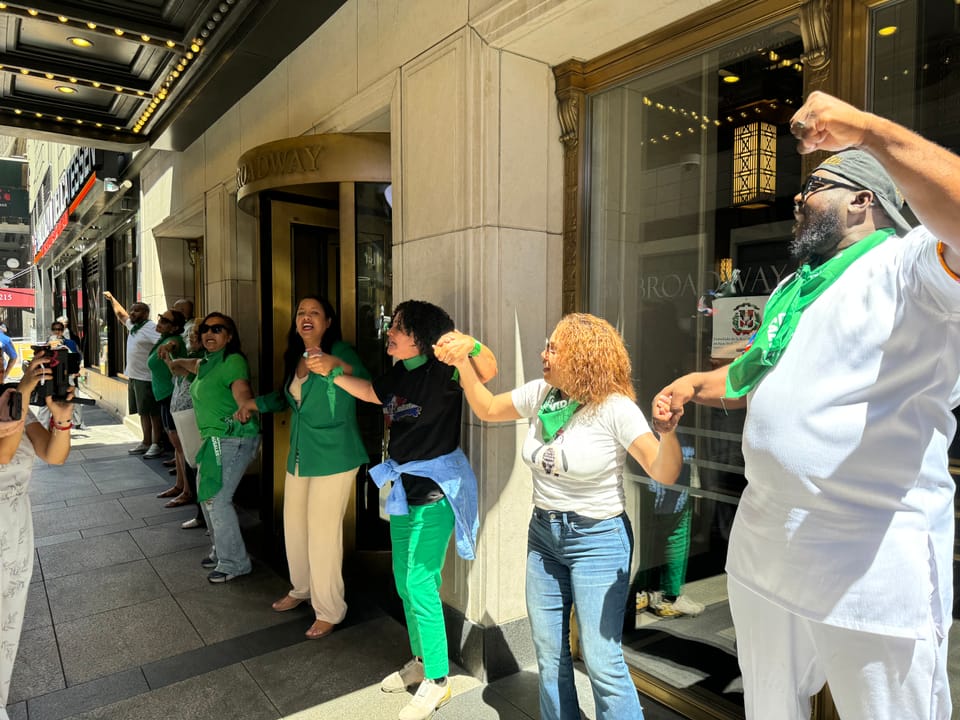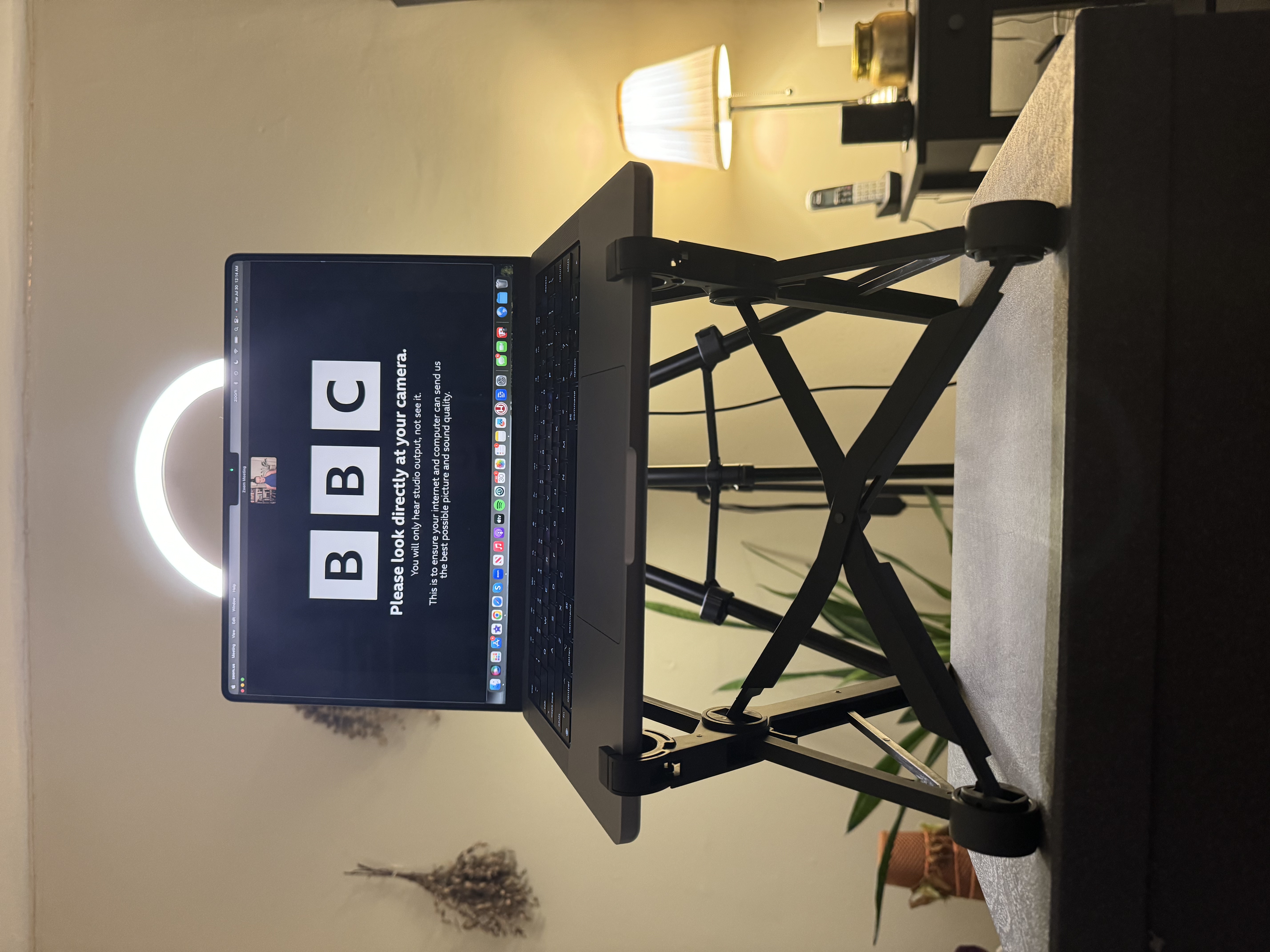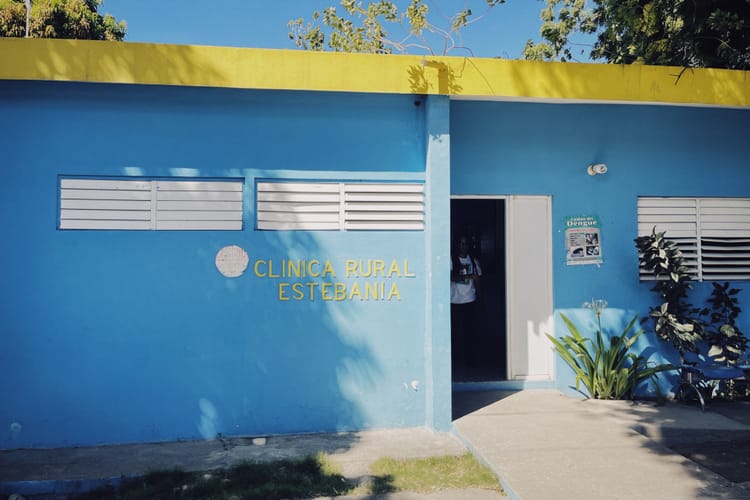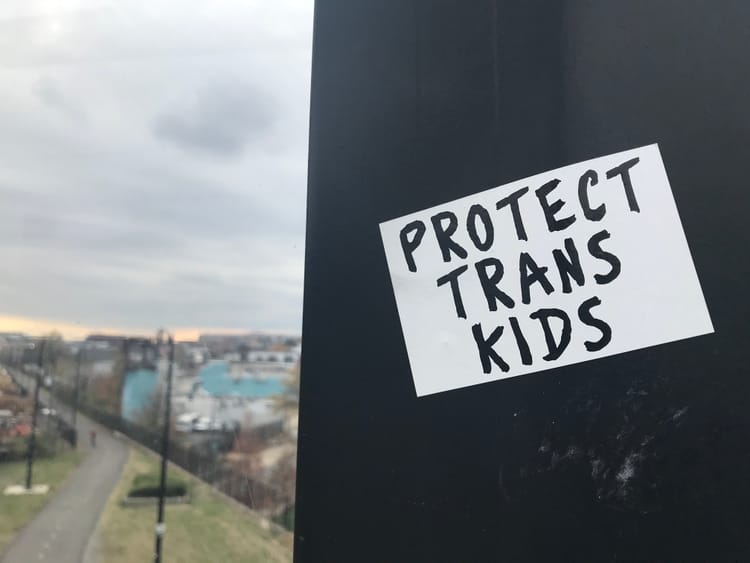Why ‘July Was Pure Hell’ for Abortion Funds

You might have heard that in 2023, the first full calendar year after the Supreme Court overturned Roe v. Wade, the abortion rate actually increased.
This implausible-sounding fact is true. However, it doesn’t mean abortion bans haven’t had an effect. Far from it: Most of the increase stems from improvements in states where abortion remains legal, expanded access to telemedicine being chief among these.
There is no doubt that many people who wanted abortions over the last two years were unable to access them. Still, it’s something of a miracle that we didn’t see a precipitous drop in the abortion rate nationwide. And that’s because hundreds of thousands of people were able to get abortion pills online, or travel out of their home states for abortion care.
Helping them do that, though, cost millions. Well over $100 million, in fact. And as of July, two national organizations—the National Abortion Federation (NAF) and Planned Parenthood Federation of America (PPFA)—have dramatically scaled back their financial assistance programs.
These changes were announced with only a few weeks’ notice and sent clinics and independent, grassroots abortion funds scrambling. We are now looking at a very different reality, one in which unprecedented numbers of people will be unable to access abortion care. And the abortion funds and providers I spoke with are asking: Did it really have to be this way?
I know all eyes are on the general election now, and of course this election will be hugely consequential for abortion rights. But when it comes to abortion, what is legal and what is accessible have been two very different matters since long before Roe was overturned.
A shift this major in the abortion funding landscape is the single biggest and most important story I have reported since Dobbs v. Jackson Women’s Health Organization over two years ago. Even in the rosiest possible political outcome, access will not be restored in the states that have now banned abortion overnight. Restoring or improving upon the pre-Dobbs status quo would take years, and more likely decades. There’s no way around it: Lots of people will be traveling for abortion care for a very long time. And that costs money.
Now, even clinics in states where abortion is legal are faced with a choice: Turn patients away—something many of these clinics have never done—or see them anyway and risk financial ruin.
This is the story you need to read to understand the true state of abortion access in the U.S. right now. So if you read just one story of mine this year, make it this one.
Repro Report will always be free. To support my work, consider upgrading to a paid subscription.
The story is a long one, so there were lots of tidbits that ended up on the cutting room floor. One of them was a section about executive compensation at the organizations making these budget cuts. Nearly half of local abortion funds are all-volunteer operations; those with staff still rely heavily on volunteers and usually have only a few paid employees. NAF and PPFA, on the other hand—and especially PPFA—are multi-million dollar organizations with high—and in PPFA’s case, sky-high— executive compensation. For example, between salaries drawn from PPFA and its sister 501(c)4 organization Planned Parenthood Action Fund, president and CEO Alexis McGill Johnson earns nearly $900,000 per year.
Despite the funds technically being granted in secret, NAF’s major funder has long been known to be the Susan Thompson Buffett Foundation, powered by the wealth of billionaire Warren Buffett. Couldn’t the Buffetts have cut a check to cover NAF’s $20 million shortfall? Maybe, and maybe they will—but because of the foundation’s general policy of secrecy, we won’t know if it kicked in more money until it files its 2024 form 990. I asked NAF whether it did any outreach to funders prior to making the cuts and didn’t receive an answer.
PPFA also received $275 million from MacKenzie Scott just two years ago. Couldn’t two organizations that clearly have the ear of some of America’s richest and most powerful have found a way to avoid such a catastrophic shortfall, leaving tiny organizations powered by small-dollar donors to try and fill in the massive gap? Many of my sources suggested the problem isn’t so much a lack of resources as it is the choices being made about how resources are allocated.

In other news, BBC News had me on to break down the six-week abortion ban that has now gone into effect in Iowa. If I look bleary-eyed it’s because the UK early morning news hour is quite late New York time!
I also wrote about that ban, and the broader state of abortion access in the Midwest. This one is a great place to start if you’d like to learn more about the importance of local abortion funds and independent abortion providers (meaning those not affiliated with Planned Parenthood.
Repro Report will always be free. To support my work, consider upgrading to a paid subscription.



